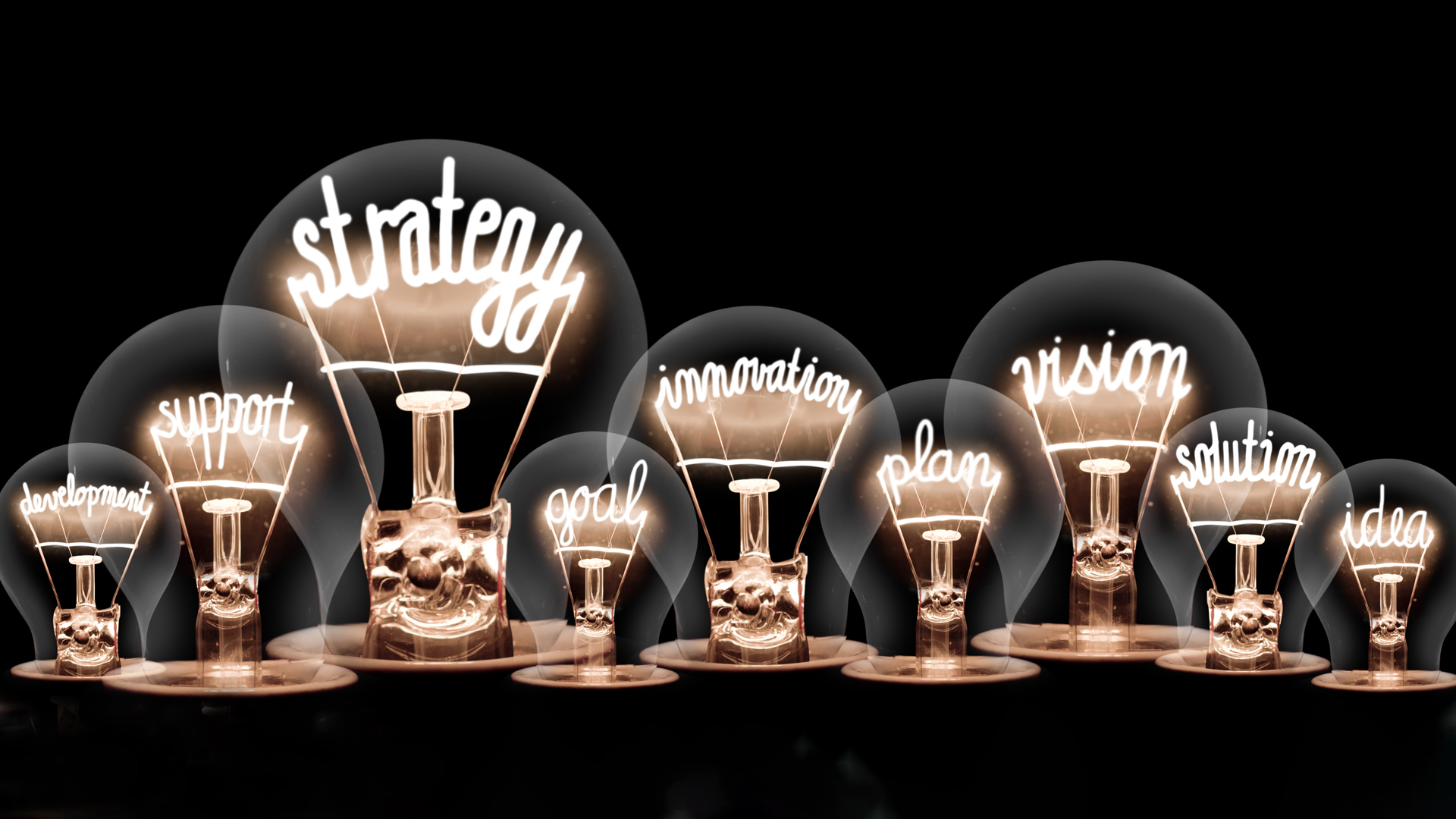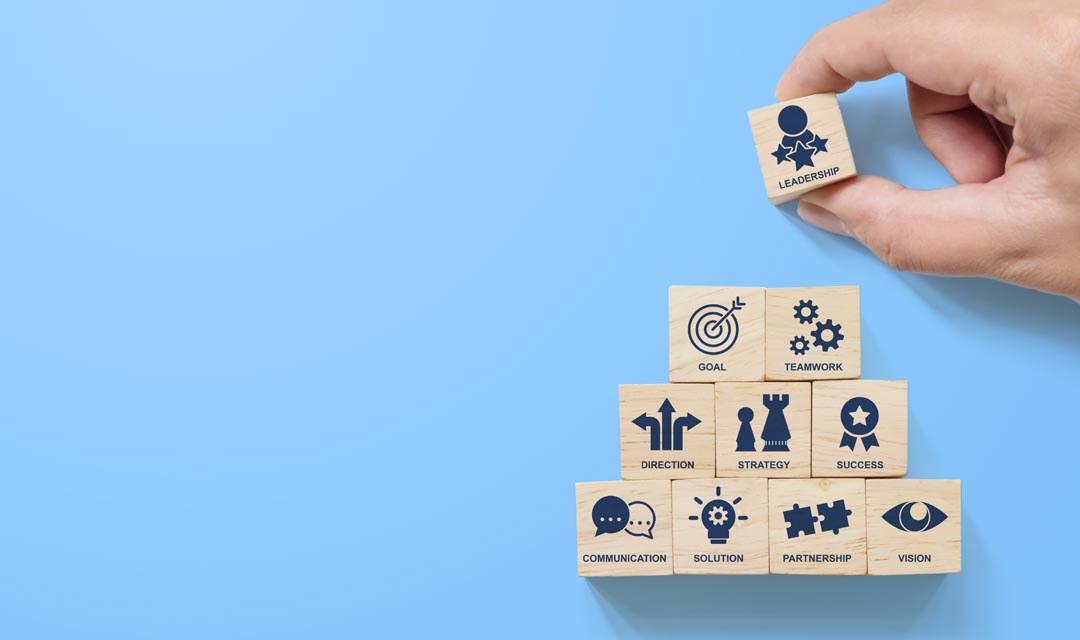In Cathy Hoy’s penultimate article in her series for senior learning leaders, she focuses on building a learning strategy that supports business goals
In the rapidly changing and increasingly competitive business world of today, investing in learning and development is fundamental for an organisation’s success. Learning leaders are responsible for creating robust learning strategies that support and enable the direction of their organisations.
As a CLO, creating a learning strategy for your organisation can be a daunting task. The responsibility of creating a plan that will meet the needs of your organisation’s employees, improve the business’ overall performance, and align with the company’s mission and values can be overwhelming. There are five key steps to crafting a learning and development strategy and using this approach should help make the process more manageable.
Compare your organisation’s learning and development programme with industry standards to identify areas of improvement and competitive benefits
1. Analyse your organisation’s needs and goals
This is vital! Before creating a learning strategy, it’s crucial to conduct a thorough analysis of your organisation’s needs and goals. This step should include looking at the current state of the business, identifying areas where training is necessary, and understanding how the strategy aligns with organisational goals and values.
Analysing your organisation’s needs and goals involves gathering relevant data about the current state of your organisation and the skills and knowledge your employees require. Here are some steps you can take.
Identify the business goals
Start by identifying the overall goals and objectives of your organisation. Determine what strategic challenges the organisation is facing and what impact a well-designed learning programme can have on addressing these challenges.
Conduct a skills and capabilities assessment
Assess the current skills of your employees and identify competency gaps. You can gather information by conducting surveys, focus groups or structured interviews.
Analyse job roles
Identify the key job roles within your organisation and required competencies for each role. You can analyse the competencies required for each job designation by analysing job descriptions, competency frameworks, and performance metrics. It’s important to not only consider the existing job roles but any future job roles the organisation may need.
Benchmark your industry
Compare your organisation’s learning and development programme with industry standards to identify areas of improvement and competitive benefits. Surveys by third-party vendors or industry bodies can provide valuable insights.
Analyse business metrics
Review the metrics most important to your organisation. Gain insight by examining areas such as employee engagement, retention rates, turnover and more to measure and evaluate how L&D programmes can improve these metrics.
Discuss with stakeholders
Collaborate with the business stakeholders such as business unit leaders and senior leadership, to gain insights into the opportunities and priorities needed to close gaps in knowledge, skills and behaviours for your organisation.
Seek professional support
Seeking expert support from skill development providers, consultants, industry publications, and awarding bodies can also help to understand emerging trends and best practices.
By analysing these areas, you can identify your organisation’s needs and goals, then prioritise areas of development and focus the L&D strategy and programmes on the most important business objectives.
2. Identify your audience
Knowing your audience is crucial in creating a successful learning strategy. Understanding how your employees’ like to learn, their job roles, and educational backgrounds will help design targeted learning programmes that cater to their specific needs. Conducting a learning needs analysis can help in identifying the gaps in employee skills and knowledge to tailor the training to specific groups.
You might want to consider developing learner personas. There is a useful template that can be accessed here: Learner Persona Template
3. Identify the most effective learning methods
To create a successful learning strategy, it’s essential to identify the most effective learning methods for your audience. This can differ depending on the organisation size, culture, and learner demographics. Incorporating a variety of instructional methods like gamification, micro-learning, and videos will provide diversity in training and offer learners a choice of learning methods, leading to higher engagement and completion rates.
4. Consider your marketing plan!
Many people overlook the importance of marketing learning, but to increase learning engagement and deliver targeted messaging, its essential to consider your marketing approach for learning.
Having created your learner persona’s, you will be able to develop bespoke messages for your different audiences. Learners need more than one interaction; however, you need a timeline of activities to really engage with your learners.
In the next article for TJ there will be more detail on how to create an L&D marketing strategy.
5. Measure and evaluate the impact
Finally, evaluating the effectiveness of your learning strategy is crucial to its ongoing success. Evaluation makes it easier to identify successes, changes, and corrective action needed. Assessment can aid in determining how successful the learning strategy has been, including metrics such as engagement rates, completion rates, job performance improvements, ROI and ROE. This process will assist in refining the overall approach to ensure the learning strategy is applied more effectively and stays up to date with your organisation’s ever-changing demands.
In summary, creating a learning strategy that meets the needs of your organisation requires a detailed plan that is customer-centric, innovative, and forward-thinking, while remaining cost-effective. This approach can ensure the learning strategy resonates with the employees’ various learning requirements and enables both the organisation and L&D team to create a culture of ongoing development and improved performance.
By identifying needs, setting goals, utilising new learning methodologies, keeping up to date with technology and consistently evaluating the effectiveness of the strategy, you can create a learning environment that contributes positively to the organisation’s goals.
You can read Cathy’s other articles in this series as follows:
The successful modern L&D leader – part 1
The successful modern L&D leader – part 2
The successful modern L&D leader – part 3




